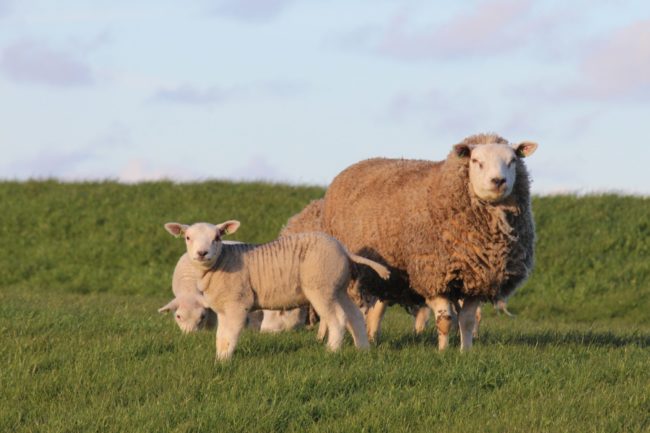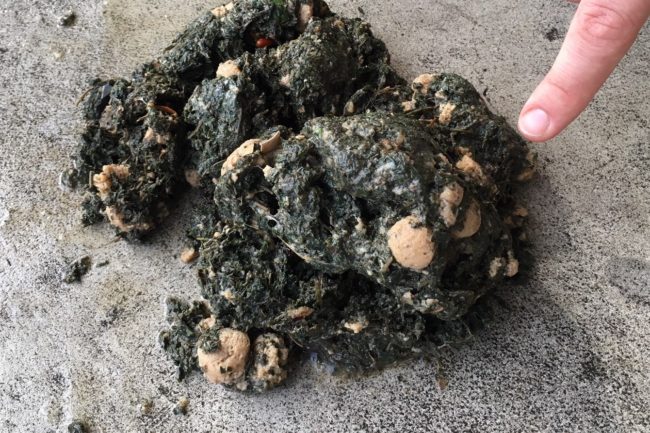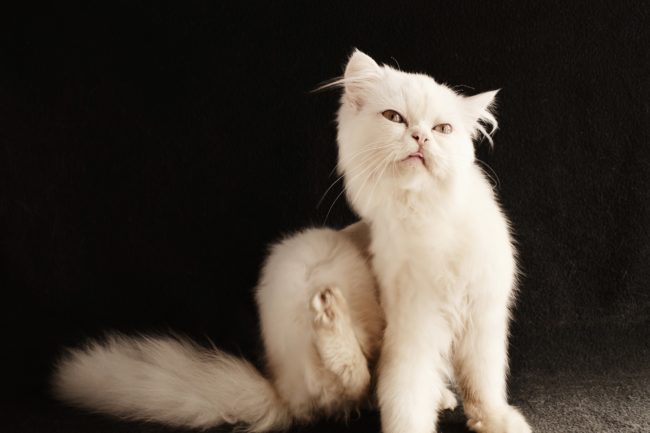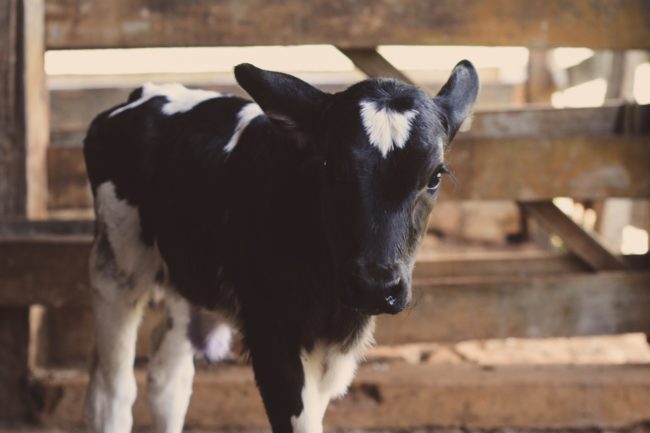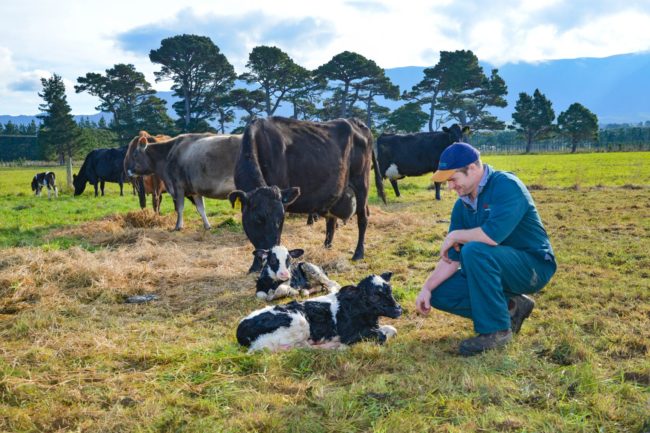Ewe Mastitis
Mastitis in ewes is something I’m sure many of you have battled with over the years, it is a condition we are very familiar with in cattle, especially in the dairy sector, but we are less accustomed to treating it in our ewe flocks. This season we have had a few more cases presented to…
Details


